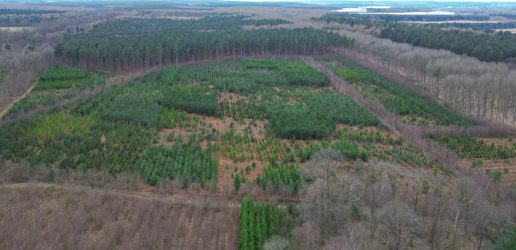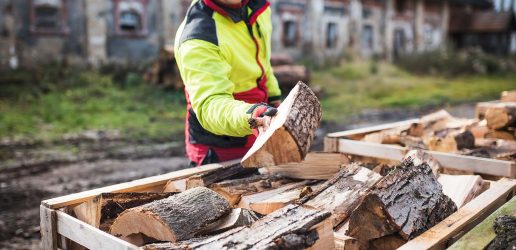
A new citizen science application has been launched to identify potential areas of windblown conifer trees following the devastating impact of Storm Arwen.
Forest Research is working with Confor, the Forestry Commission and Scottish Forestry to fully assess the impact the storm has had on the nation’s forests and woodlands.
Earth observation data has been used by Forest Research to identify potential areas of windblown conifer trees across England and Scotland using a novel machine learning algorithm. The project partners are today launching a citizen science application for foresters, land-owners land managers to view, validate and add to this data. This will help us understand what is required to clear up the damaged trees and help improve future versions of the data algorithm to aid in the response to future storm events.
We invite submissions via the dedicated citizen science portal or an offline capable mobile application in the field, with a closing date of 23rd January 2022.
Only professionals who have considered the risks involved with windblow should attempt to map it in the field.
Please visit the website: https://windblow-assessment-forestergis.hub.arcgis.com/
Photo credit: Hamish Oliphant
Recent News
View All news
Seventeen coniferous tree species show early promise for future commercial timber production in the UK
Researchers have set up a network of nine large scale experiments across the UK to test the suitability of 17 tree species as potential alternatives for future commercial timber production.
Forest Research are looking for people involved in the harvesting, processing, transport, import, or trade of firewood in Scotland to complete an important survey.

New guide to help local authorities conduct a people survey on the social value of their treescapes
A new step-by-step guide to help local authorities, charities and civic societies carry out a people survey to understand social and cultural values related to trees in their area, is now available.

Seventeen coniferous tree species show early promise for future commercial timber production in the UK
Researchers have set up a network of nine large scale experiments across the UK to test the suitability of 17 tree species as potential alternatives for future commercial timber production.
Forest Research are looking for people involved in the harvesting, processing, transport, import, or trade of firewood in Scotland to complete an important survey.

New guide to help local authorities conduct a people survey on the social value of their treescapes
A new step-by-step guide to help local authorities, charities and civic societies carry out a people survey to understand social and cultural values related to trees in their area, is now available.

